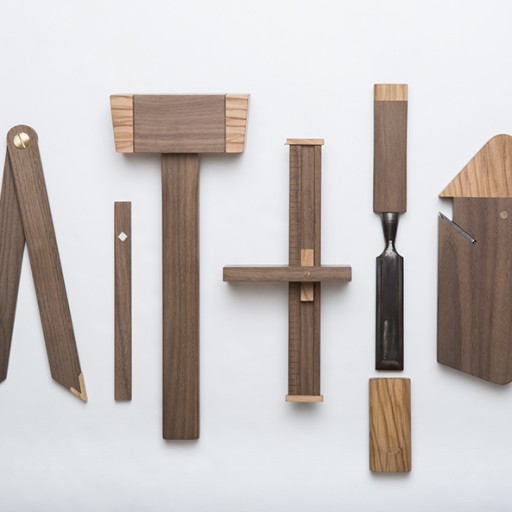A recent study by the European Patent Office, the first gender study carried out by this institution, indicates that while in Europe the average number of women inventors is 13%, in Spain they account for almost a quarter, 23% of all patents granted. We are second only to Latvia, Portugal and Croatia in terms of women’s innovation and our percentage is higher than that of countries such as Germany, Austria, Switzerland, the United Kingdom, France and Italy, which are at the forefront of technological development on the continent. What major creations driven by women have stood out in recent times?

European Inventor Award 2022 for women
A clear example is that of Elena García-Armada, an industrial engineer researching at the CSIC and founder of Marsi Bionics, who was awarded the European Inventor Award 2022 in June for making the world’s first adaptable paediatric exoskeleton: it is called Atlas 2030, is made of aluminium and titanium, weighs 12 kilos and can be fitted in 5 minutes.
The idea came about when the parents of a quadriplegic girl called Daniela saw an exoskeleton designed for adults. It took García-Armada and her team 8 years to create a children’s one, for 4 to 10 year olds, that grows as they do. The Atlas 2030 is already on the market.
Ver esta publicación en Instagram
Thermasic, an innovative ceramic coating
There are more innovations led by women. Nuria Espallargas, who was also a finalist for this year’s European Inventor Award, is a chemist from Barcelona based in Norway who, together with another scientist, has invented a material called Thermasic, an innovative ceramic coating that extends the life of certain components by protecting them from wear and chemical exposure. Its first industrial use will be in car and train brakes, but the European Space Agency has already shown interest in testing its resistance to abrasion from the sand on the Moon and Mars.
Inventing a new textile material at age 60
Carmen Hijosa is another case in point. At the age of 60, this textile designer and entrepreneur started her PhD and created a new company, Ananas Anam, which uses pineapple leaves to produce a vegan alternative to leather.
How did she come up with it? While working as a textile design consultant in the Philippines, and after being shocked by the environmental impact of leather production and the appalling work conditions in local tanneries.
Hijosa decided to change that and develop a sustainable textile that culminated in the creation of Piñatex, a patented alternative to leather that received the European Inventor Award 2021 and is now used by around 3.000 brand in 80 countries, in an increasing wide range of products: from trainers, bags and jackets —see one of Zara’s latest collections made from the material— to car interiors and even the world’s first fully vegan hotel suite, opened in 2019 at the Hilton London Bankside. By the way, Piñatex has now released another material, the Piñayarn, a yarn also made from pineapple leaves waste.
Ver esta publicación en Instagram
Young women also create
Young female inventors are also making a name for themselves. The James Dyson Awards competition this year included among its 20 international finalists the project created by Berta Daina, a student at Elisava (Barcelona School of Design and Engineering): the Agro Biomaterials Kit, with the necessary materials, 100% recyclable and recycled, to make bioplastics at home by adding only water and organic waste. A good way to reverse food waste.
Ver esta publicación en Instagram
Judit Giró is also very young, a 25-year-old Catalan biomedical engineer, winner of the 2020 James Dyson International Award and the mind behind The Blue Box, a device that allows breast cancer detection at home using just a urine sample.
Ver esta publicación en Instagram
Changing the vision of a sector and attracting talent
In addition to inventions and innovations, the incorporation of women in the labour force is helping to change the vision of a sector and attract talent to the companies that are part of its value chain.
We are talking about the forestry sector, and the specific case of #ElasXeranSector (#TheyGenerateSector), an initiative promoted by XERA Axencia da Industria Forestal (Forestry Industry Agency), a body operating in the Galician community.
Montserrat Rodríguez Ogea, Director of Innovation at this entity, explain that “thanks to actions of visibility and empowerment we are demystifying many issues surrounding the forestry industry: that it is masculinised, that it does not contribute to the bioeconomy… and making it attractive to new generations of professionals, demonstrating that even the most transversal skills can contribute”.
Rodríguez explains that all of this has been achieved simply by showing the reality, “there are women throughout the chain, from management to operators”. She points out that the success of the project is based on quarterly meetings in which the men also join a design thinking programme in pursuit of new impact actions.




